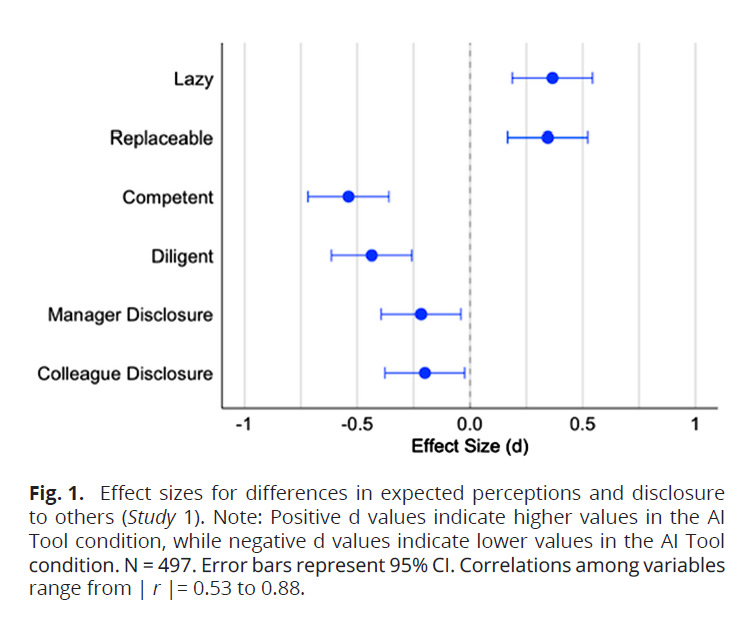Introduction to AI-Powered Applications
Over the last year, we’ve witnessed an explosion of apps that let users “talk to AI.” Whether it’s summarizing documents, asking questions about spreadsheets, analyzing legal text, or chatting with a customer support bot — these applications often give users a plain text box, and behind the scenes, they pass that input into a Large Language Model (LLM) like GPT-4.
The Simplicity and Magic of AI
To the user, it feels simple and magical. To the developer, it’s a ticking time bomb. The simplicity of these applications hides a complex web of potential security risks that need to be addressed.
Understanding Prompt Injection Attacks
In this post, we want to highlight a serious, under-addressed threat: prompt injection attacks. These are not just theoretical risks — they are active, exploitable, and growing in complexity. And much like SQL injection in the 2000s, they threaten to become the most common vector for compromising LLM-powered applications.
What are Prompt Injection Attacks?
Let’s say you build a chatbot for your customers. To make sure the AI stays in character and only gives safe, helpful answers, you write something like this:
System prompt: "You are a polite and helpful customer support agent for Acme Inc. Only answer questions related to our services, and never reveal confidential information."
User input: "Where is my order?"
The full prompt passed to the LLM is a concatenation of your system prompt and the user input.
The Risks of Prompt Injection Attacks
But what happens when a malicious user decides to manipulate the system prompt? This is where prompt injection attacks come in. By carefully crafting the user input, an attacker can inject malicious prompts that can compromise the security of the application.
Conclusion
Prompt injection attacks are a serious threat to LLM-powered applications. As these applications become more widespread, it’s essential to address this vulnerability to prevent potential security breaches. Developers need to be aware of this risk and take steps to mitigate it.
FAQs
- Q: What are prompt injection attacks?
A: Prompt injection attacks are a type of security risk where an attacker manipulates the system prompt to compromise the security of an LLM-powered application. - Q: How can prompt injection attacks be prevented?
A: Developers can prevent prompt injection attacks by validating and sanitizing user input, using secure prompt engineering techniques, and implementing robust security measures. - Q: Are prompt injection attacks a theoretical risk?
A: No, prompt injection attacks are an active and exploitable risk that can be used to compromise LLM-powered applications.











